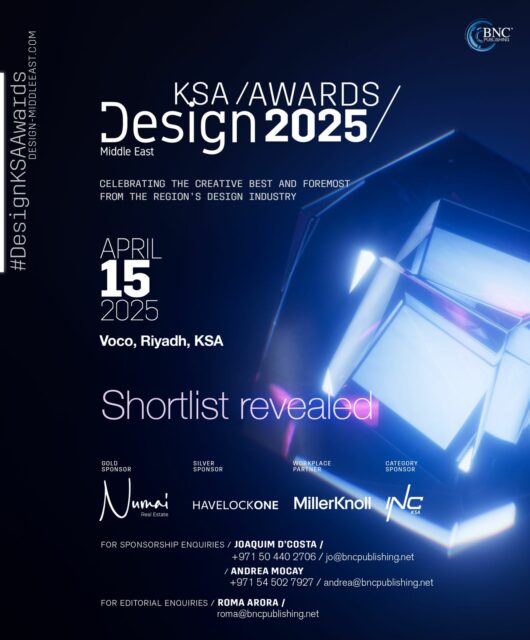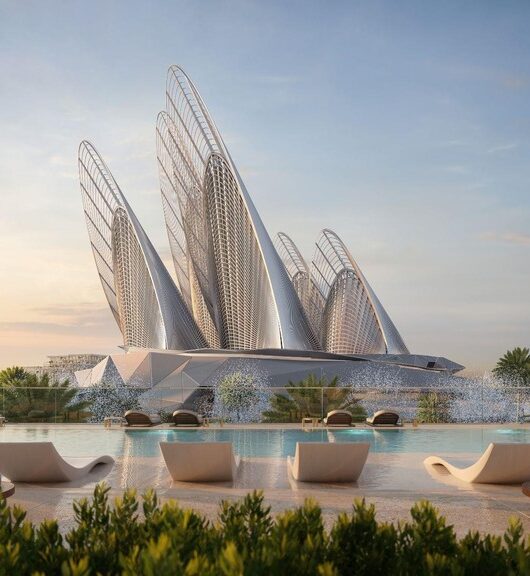
Diana Nilipovscaia, CEO of MERED, discusses what drives branded residences, where luxury meets legendary branding.
Branded residences, where luxury meets legendary branding, have carved a distinct niche in the global real estate market, reshaping expectations for high-end living. These residences merge the opulence of high-end homes with the prestige of internationally recognised brands, offering more than just living spaces—they promise a tailored experience. In the EMEA region, this market is burgeoning, driven by urbanisation and the increasing quest for upscale, urban living environments. Global Branded Residence cited a staggering 410% growth in Dubai alone from 2014 to 2024, showing that the city has eclipsed traditional luxury real estate hubs.
This paves the way for a more in-depth look at the branded dwelling phenomena, including its growth drivers, unique obstacles, and dramatic impact on local economies and the broader luxury living scene. As we explore this trend, we discover what attracts investors and residents to branded residences, as well as what makes certain projects stand out from the rest.
Beyond the brand’s reputation
Home to over 220,000 millionaires with a collective wealth of $1.2 trillion, Dubai has become a hub for high-net-worth individuals (HNWIs) seeking a lifestyle of opulence. Branded residences promise unique brand design, attention to detail, and high-quality execution, but this is influenced by various factors, such as the developer’s expertise and the experience of all companies involved in the project. For instance, Pininfarina not only designs branded houses but also operates an architectural firm with extensive experience. They are not only known as Maserati and Ferrari car designers, but their proficiency also extends to producing their own race car brand, Batista, underscoring their prowess in technology and engineering. Furthermore, their exclusive focus on the high-end market signifies a dedication to unparalleled quality and luxury. This highlights how multifaceted expertise reinforces the credibility of branded residences, underscoring the meticulous quality and excellence expected in such properties.
Rise in ultra-luxury
Interest is further amplified by Dubai’s ultra-luxury property market resurgence, with residential apartments at the forefront. In 2023, Dubai emerged as a global frontrunner in luxury real estate, eclipsing other major cities. This claim to fame is backed by staggering transaction figures, with Dubai real estate transactions reaching US$9.6 billion in January 2024 alone, marking a 27% year-on-year increase. Setting a new benchmark, the highest recorded property sale in Q1 of 2024 was AED 146 million, with the highest apartment sale pegged at AED 140 million.
The market, targeting billionaire buyers, is honing in on ‘ultra-luxury’ properties situated in coveted locales such as Business Bay, Downtown Dubai, Dubai Marina, and Palm Jumeirah; these key locations are not only central, connected, and accessible but also renowned for their lucrative returns. This demand is fuelled by both residents and investors, with the areas’ proximity to malls, lifestyle developments, and entertainment options further elevating their appeal.
Growing investor interest
The increasing interest in Dubai’s branded residences indicates a shift in perception, with these properties now seen as enduring assets rather than mere investment commodities. Buyers now prioritise factors such as the property’s potential for sustained value growth, construction quality, technological integration, luxury amenities, and exceptional design. For instance, the ICONIC Tower, a collaboration between international developer MERED and renowned architecture and design firm Pininfarina, exemplifies this approach. Designed with a forward-thinking vision, the tower aims to enhance residents’ lives for generations by integrating cutting-edge technology, superior infrastructure, luxury amenities, and unmatched design elements. These residences offer more than just financial returns; they ensure lasting value for discerning buyers.
Changing lifestyle preferences
The urban population now seeks out a certain standard of living, not just luxury but also convenience from a host of high-end amenities that align with their dynamic lives. Branded residences offer a unique proposition—permanent, exquisitely designed homes nestled in prestigious locales, complete with bespoke services. Whether it’s an on-demand spa, pet care services, a valet, or pre-stocked groceries for impromptu dinner parties, these residences ensure every need is catered to without stepping outside. This level of integrated service, amplified by the pandemic’s push towards home-centric lifestyles, has made branded residences a resilient niche in the real estate market. With a 71% global sector increase over the past five years alone, fueled not only by hoteliers but also by luxury brands like Pininfarina and Armani, this indicates a significant evolution in how luxury living is perceived and desired.
With a forecasted global growth of 86% until 2031 and a staggering 137% growth in Dubai alone until 2029, the upward trajectory for branded residences is unmistakable. As the sector flourishes, it not only redefines urban living but also significantly impacts local economies and the broader real estate market through job creation, tourism promotion, and infrastructure investment. These developments are transforming the landscape of luxury real estate, offering a compelling blend of lifestyle and investment in valuable assets and qualities that appeal to a sophisticated clientele.







